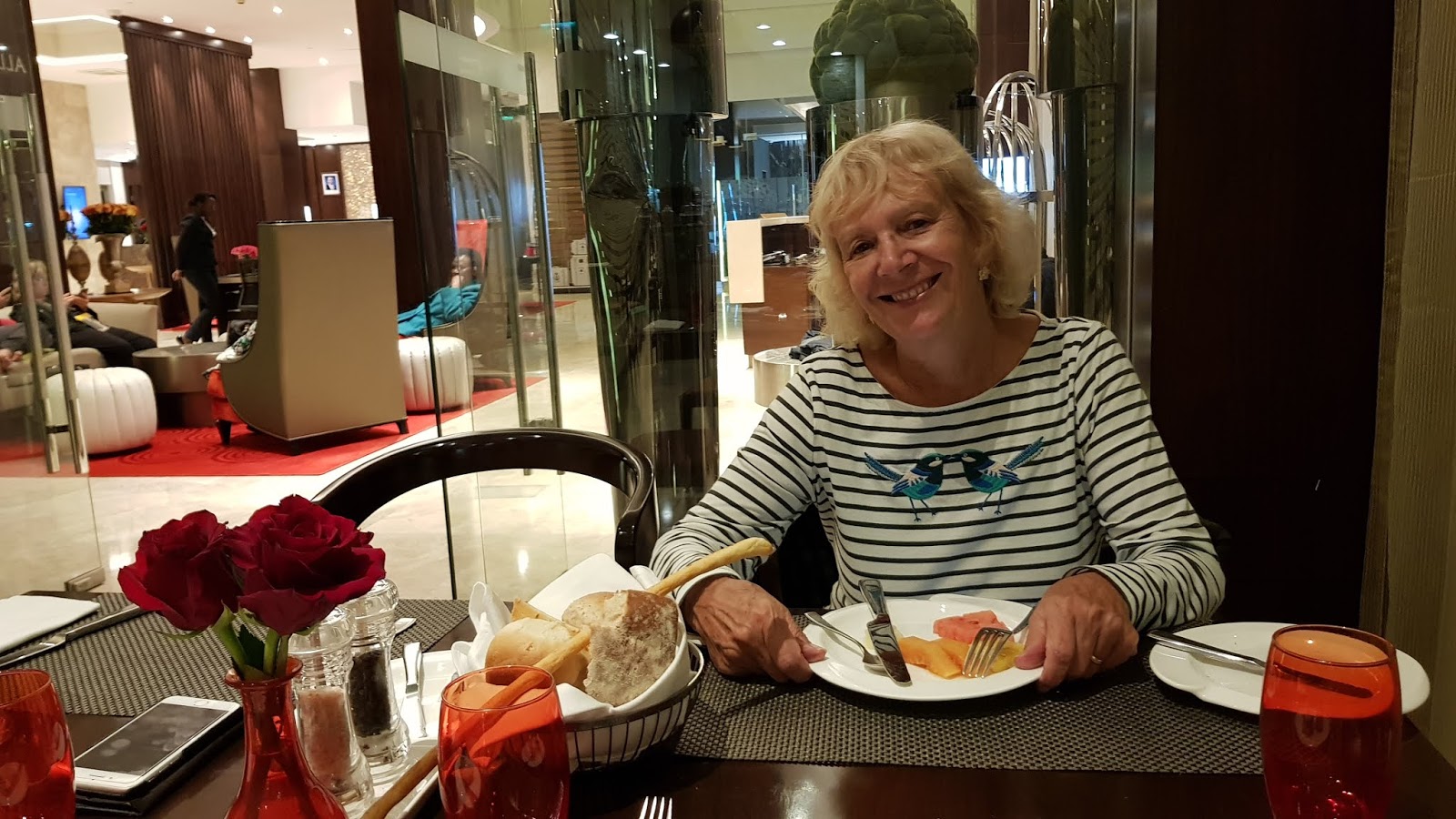Firstly, remove the Nikon tripod foot. This is rather flimsy anyway!
 |
| Take off the tripod foot. |
I found the rubber washers that came with the screws to be too soft and too thin. I replaced them with harder thicker tap washers as shown below. The tripod eye is 20mm in diameter. The original washers are about 2.2mm thick. The replacements are 4mm thick.
 |
| Original washers on the left. My replacements on the right. |
I use an OpTech USA Utility Strap Sling. It's very reasonably priced, widely available, in a very flexible system and compatible with a wide range of other OpTech straps. It is also light, stuffs easily into a bag and has no metal parts to damage your equipment. The Utility Strap Sling comes with a set of webbing loops, but if you need more (perhaps to attach to another camera) you can buy other sets like this:
 |
| Extra Uni-loops to fit all OpTech straps are widely available. |
Screw the attachment into the tripod socket on the lens. With the thicker washer there should be 2.5 complete turns of the eye before it's tight. I've been using it like this for a year and it has never come loose.
Clip it onto the sling and you're ready.
 |
| Sling attached. |
 |
| With the camera on the sling, it can be slid up into shooting position very quickly. |
 |
| Sling in action. Note that the second clip is left behind when the camera is slid up and is somewhere under my right arm. |
Now, if you're worried that holding your expensive camera and lens on a single plastic clip is too risky, let me re-assure you. From 2006 to 2012 I used a Canon 500mm f4 with various bodies (combined weight about 5.5 Kg). From 2012 to 2019 I used a Canon 500mm f4 Mk2 which, with the 7D2 gave a combined weight of about 4.5 Kg. I only ever used one clip normally! Just occasionally I would attach a second clip, e.g. when crossing remote rain-forest rope-walks 30m above the forest floor or while on a canoe ride in choppy rivers.
The Nikon lens with D500 body weights only 2.5 Kg, so no problem at all for one clip.
Sometimes I use a tripod. Because I use an Arca Swiss ballhead, I bought a cheap replacement Arca Swiss compatible foot. It is actually more robust than the Nikon original. The tightening screw is very solid.
With the OpTech loop attached I can still use it on the sling. When I need to use the tripod, I don't need to detach the loop to fit it in my (Markins) ballhead.
I love the small size and low weight of this lens. Optically, it's no better than the Canon 500 f4, but it's just so much easier on my shoulder.
All photos on my blog for Kenya, Scilly Isles and from April 2019 taken with this lens and D500 body.








































































